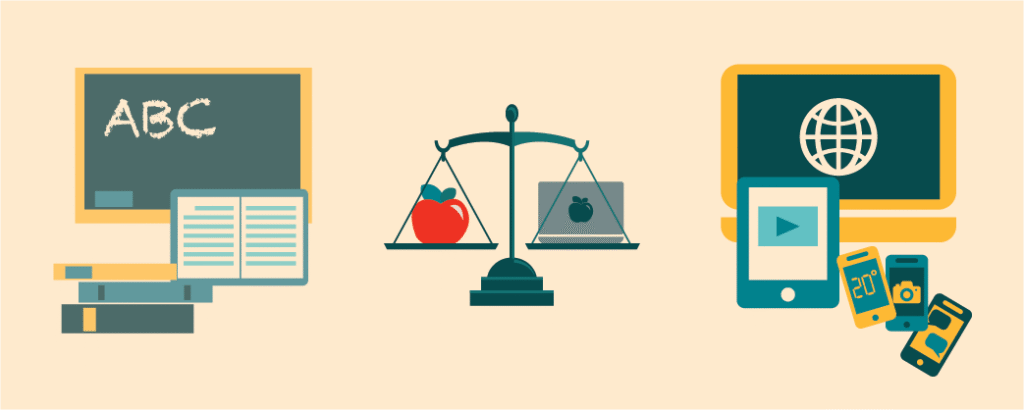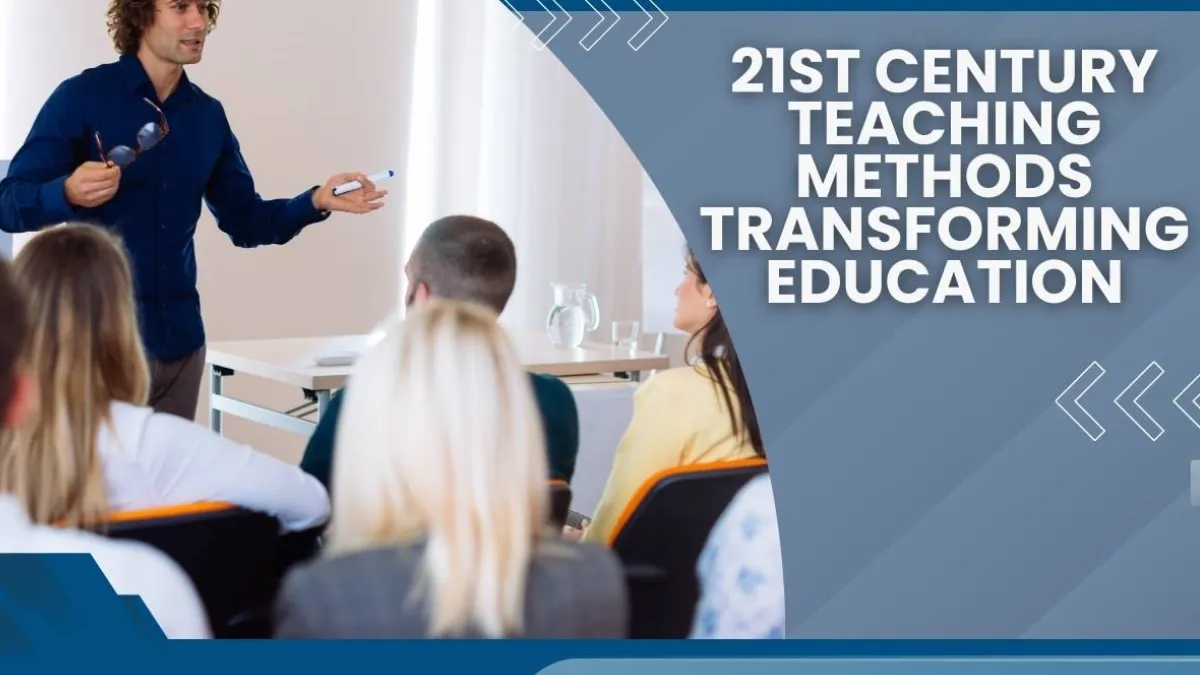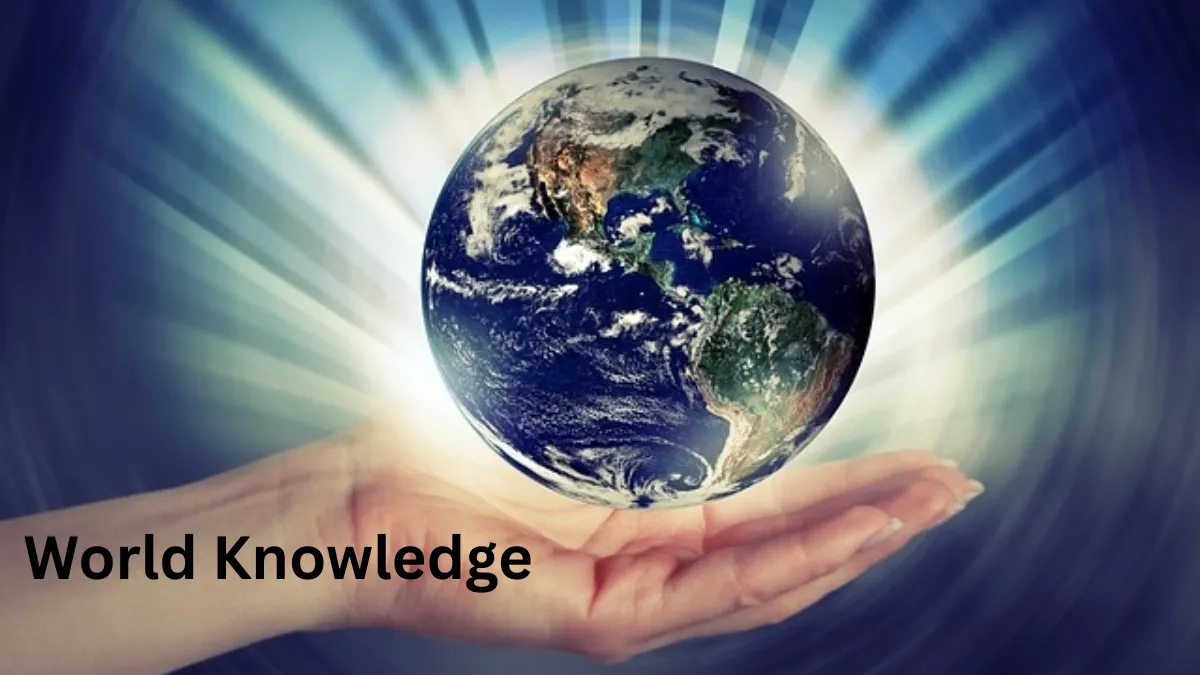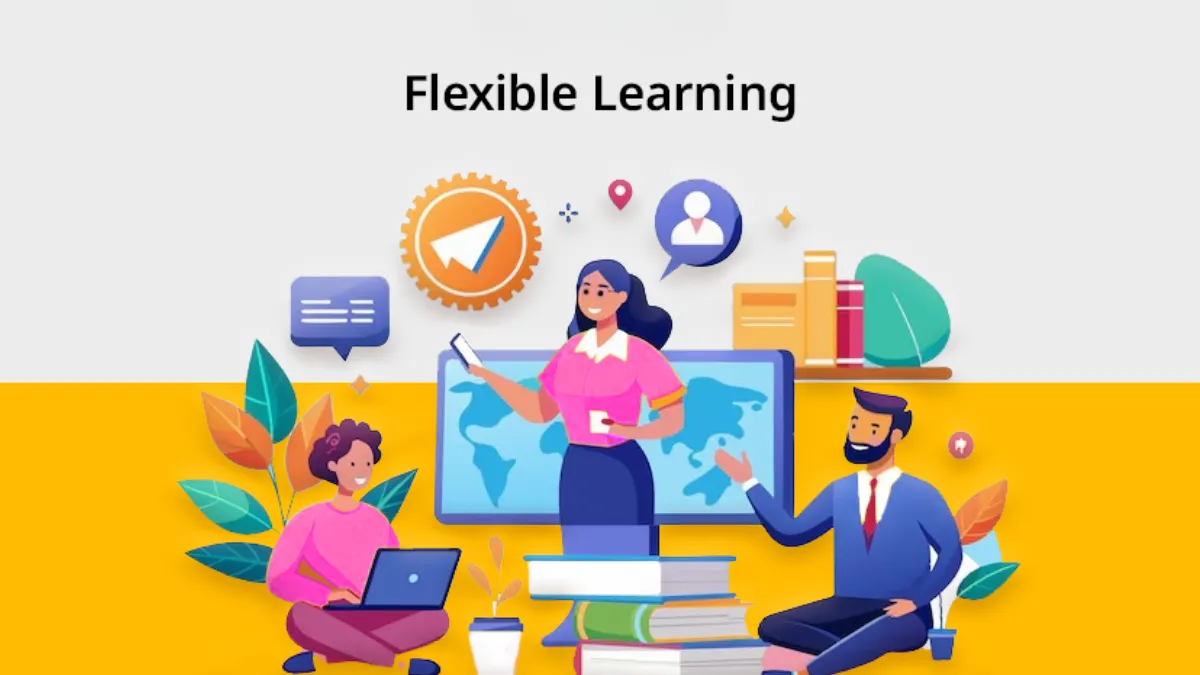In the 21st century, education is no longer confined to brick-and-mortar classrooms, rigid curriculums, or age-old traditions. The landscape of learning has undergone a profound shift — one that embraces innovation, personalization, accessibility, and global collaboration. The once-linear journey from kindergarten to college has become a flexible, lifelong exploration, fueled by technology and a world hungry for skills and creativity.
Learning without limits is not just a slogan — it’s a reality where the boundaries between formal and informal education, physical and digital classrooms, and students and teachers are increasingly blurred. Let’s explore how education is evolving and what it means for learners, educators, and societies in this dynamic century.
1. The Digital Disruption of Traditional Education

From Classrooms to Cloud-Based Learning
In the 20th century, education was tied to institutions. In the 21st, it’s tied to the internet. The rise of digital platforms has democratized knowledge:
- Online courses allow learners from remote regions to access top-tier instruction.
- Massive Open Online Courses (MOOCs) from platforms like Coursera, edX, and Udemy reach millions globally.
- Educational YouTube channels turn smartphones into tutors.
The cloud has made content accessible anytime, anywhere — and learning has become on-demand.
2. Personalization at the Core
Adaptive Learning and AI Tutors
Every learner is different. Technology now enables:
- AI-powered learning platforms that adapt in real-time based on student performance.
- Gamified apps that track progress, suggest content, and reward mastery.
- Individual learning paths, where pace, content, and format suit the learner — not the other way around.
This makes learning more efficient, effective, and emotionally engaging.
3. The Rise of Lifelong Learning
Degrees Are Not the Final Destination
The 21st-century learner is a lifelong learner. Here’s why:
- Job markets evolve rapidly. Skills have shorter shelf lives.
- People change careers multiple times — from graphic designers to data analysts to entrepreneurs.
- Continuous upskilling is needed to stay relevant.
Learning has moved beyond schools into workplaces, homes, and even hobbies.
4. Global Classrooms, Local Relevance
Learning in a Connected World
Virtual learning has created global classrooms, where:
- A student in India can collaborate with peers in Canada.
- Language barriers dissolve with real-time translation tools.
- Ideas transcend borders.
Yet, contextual learning ensures that curricula reflect local culture, history, and challenges — keeping education grounded and meaningful.
5. Blended Learning: The Best of Both Worlds
Merging Physical and Digital
Hybrid or blended learning combines:
- Face-to-face engagement, vital for social development and real-time feedback.
- Digital tools, for flexibility, interactivity, and extended learning beyond the classroom.
Especially post-pandemic, this hybrid model is the new norm — offering structure with freedom.
6. Skills Over Scores
The Soft Skill Revolution
While exams still matter, the world now values:
- Critical thinking
- Creativity
- Communication
- Collaboration
- Digital literacy
- Emotional intelligence
These “soft” skills are often taught through project-based learning, group tasks, and real-world problem solving — not multiple-choice tests.
7. Breaking Barriers: Inclusive Education
Accessibility and Equity
Learning without limits also means leaving no one behind:
- Assistive technologies (like screen readers and speech-to-text) empower differently-abled students.
- Low-cost internet programs bring rural learners online.
- Open Educational Resources (OERs) reduce costs for textbooks and materials.
Education is becoming more equitable, although much work remains.
8. Teachers as Facilitators, Not Just Instructors

Redefining the Role of Educators
Teachers are now:
- Mentors and coaches, guiding personalized learning journeys.
- Content curators, selecting the best resources.
- Tech integrators, blending tools into pedagogy.
Professional development for educators is essential to keep up with evolving demands.
9. Learning Through Doing
Experiential and Hands-On Learning
Learning is most effective when it’s:
- Hands-on: through experiments, labs, or making.
- Immersive: via AR/VR simulations.
- Community-based: real projects that solve real problems.
Think coding bootcamps, maker labs, robotics clubs — this is active learning in action.
10. Certifications, Not Just Degrees
Alternative Credentials Matter
- Micro-credentials and digital badges certify specific skills.
- Portfolios and projects showcase talent more than transcripts.
- Employers are increasingly valuing what you can do, not just where you studied.
This disrupts the monopoly of traditional degrees.
11. Learning Powered by AI and Data
Smarter Insights, Better Outcomes
AI can now:
- Identify learning gaps.
- Predict dropout risks.
- Customize interventions.
- Provide real-time feedback.
This data-driven learning improves outcomes, engagement, and retention.
12. Mental Health and Emotional Wellness
The Whole Learner Approach
Modern education acknowledges:
- The importance of mental health support.
- The role of mindfulness, resilience, and self-awareness.
- Emotional and social learning (SEL) is now part of many curriculums.
Happy minds learn better — and longer.
13. Learning in the Age of Misinformation
Critical Media Literacy
With knowledge abundance comes misinformation. Modern education must teach:
- Fact-checking
- Media analysis
- Source evaluation
- Digital ethics
Being informed is no longer enough. Being discerning is essential.
14. Education and the Future of Work
Preparing for Jobs That Don’t Exist Yet
Today’s students may work in industries yet to be invented. So education must foster:
- Adaptability
- Entrepreneurship
- Tech fluency
- Interdisciplinary thinking
The ability to learn, unlearn, and relearn is the ultimate skill.
FAQs
Q1: How has technology changed education in the 21st century?
Technology has made learning more accessible, personalized, and interactive through digital platforms, AI tutors, and mobile apps.
Q2: What is blended learning?
Blended learning combines in-person classroom instruction with online learning, offering flexibility and depth.
Q3: Why is lifelong learning important today?
Due to rapid changes in technology and job markets, continuous upskilling is necessary to stay relevant and competitive.
Q4: How is AI used in education?
AI personalizes learning experiences, analyzes performance data, identifies gaps, and helps educators tailor instruction.
Q5: What are micro-credentials?
They are short, focused certifications that validate specific skills or competencies, often in digital format.
Q6: How can education become more inclusive?
Through assistive technologies, free educational resources, and policies that ensure equal access for all learners.
Also Read: How to Choose the Right University Degree for Your Career Goals
Conclusion: The Journey Forward
The transformation of education in the 21st century is bold, inclusive, and empowering. It goes beyond classrooms, schedules, and test scores. It embraces technology, creativity, emotional intelligence, and lifelong growth.
Education today is no longer about memorizing facts — it’s about learning how to think, adapt, and innovate. It’s about unlocking human potential, regardless of geography, background, or age.



